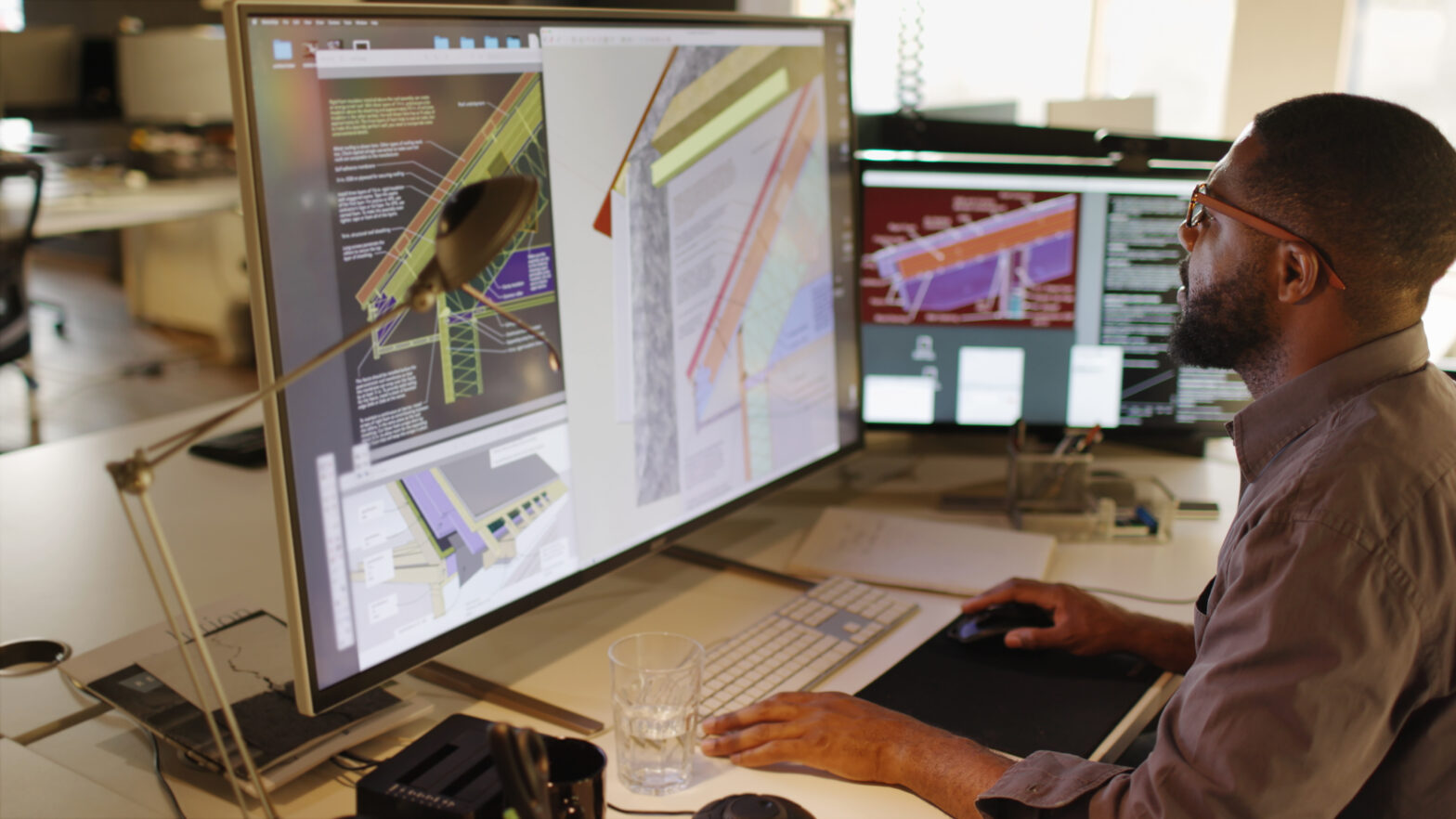Single market, Customs Union or none of the above – how will trade and the movement of people and goods look in Europe in two or three years’ time? Brexit could lead to new tariffs and standards that have far-reaching effects, giving business plenty of new challenges to surmount, while Trump’s residency in the Oval Office is likely to result in the NAFTA deal being substantially redrawn.
The election of Trump in the US and the UK’s impending withdrawal from the European Union are just two of forms of “economic nationalism” that should give every business with cross-border interests many reasons to think long and hard about how it might need to change its supply chain operations.
>See also: What Brexit and Trump mean for compliance
Society now finds itself in the age of supply chain design solutions, therefore there is no reason for a modern business to be caught out by changes in duties, regulations, standards or restrictions on the flow of labour. No matter how it all plays out politically, businesses with international operations can prepare for almost all the outcomes.
Businesses must have the capacity to plan in detail for the full range of scenarios. Large companies with complex, global supply chains will find it difficult to make fundamental adjustments quickly when they may have invested millions of pounds in assets and supplier relationships around the globe.
The UK for example, may well be facing tariff barriers at the end of Brexit negotiations. This will not only drive up cost, but may add to the friction at borders as goods or materials are delayed through increased administration.
A car-maker in Germany may import engines from Wales that are made with steel from elsewhere in Europe or from outside the EU. The cars themselves may be exported to the US or South Africa.
This is a very complex supply chain and the natural reaction is to increase inventory when there is a likelihood of increased friction in the system and lengthier lead-times.
>See also: What Trump means for technology
Increasing inventory does, as everyone knows, add substantially to cost. Effective modelling will however, demonstrate within minutes what the best approaches are, given a range of variables. This will ensure that the business does not tie up unnecessary resources in expanding inventory.
With their advanced scenario-planning well underway, some food manufacturers are already contemplating the relocation of their operations to the UK from mainland Europe.
They are using their modelling software to prepare for the ultimate shape of Brexit negotiations that will include exchange rates, tariffs, border controls, the availability of labour and the shape of the UK economy.
These calculations are all part of the debate about off-shoring and on-shoring that is sure to reach a new pitch as the talks between Britain and the EU move forward. As each new piece of information is released, businesses need to be able to adapt their modelling to see how factors affect their supply chain networks, the flow of goods and materials, transport requirements, inventory needs and the likelihood of having to relocate some of their facilities.
>See also: UK financial institutions are unprepared for MiFID II legislation
Where should a new distribution hub go, if it looks as if a new location is required? Is introducing automation the only sensible course of action? Will changes within the EU make relocation of operations from other parts of the community into Poland or Romania a viable long-term prospect?
These are complex questions on which the fate of an organisation and its share-price depends, but if detailed scenario-planning has been undertaken to examine the supply chain end-to-end, the challenges can be overcome quickly and the right solution adopted far more quickly than the competition. Although there is much uncertainty in the air, there will be many new opportunities.
Sourced by Will Lovatt, VP EMEA at LLamasoft
The UK’s largest conference for tech leadership, TechLeaders Summit, returns on 14 September with 40+ top execs signed up to speak about the challenges and opportunities surrounding the most disruptive innovations facing the enterprise today. Secure your place at this prestigious summit by registering here








